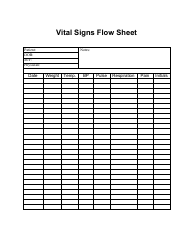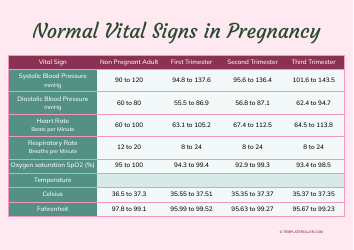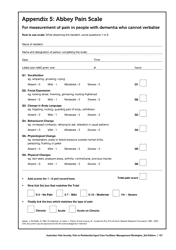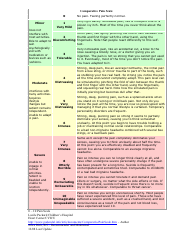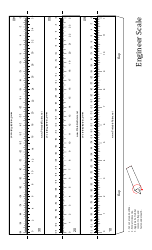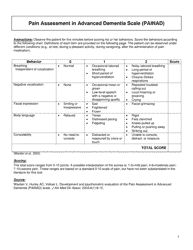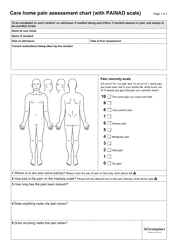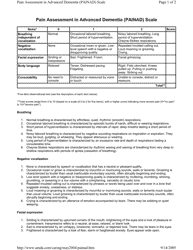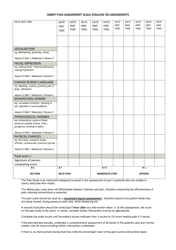Vital Signs and Pain Scale
Vital signs are measurements of important bodily functions, such as heart rate, blood pressure, and temperature. They help healthcare providers assess a person's overall health and detect any abnormalities.
A pain scale is used to assess and quantify a person's pain level. It helps healthcare providers understand and manage a person's pain effectively.
FAQ
Q: What are vital signs?
A: Vital signs are measurements of essential body functions, including heart rate, blood pressure, temperature, and respiratory rate.
Q: Why are vital signs important?
A: Vital signs provide important information about a person's health and help healthcare professionals assess their overall well-being and any potential medical problems.
Q: What is a pain scale?
A: A pain scale is a tool used to measure the intensity of a person's pain. It typically involves rating pain on a numerical or descriptive scale.
Q: Why do healthcare providers use pain scales?
A: Healthcare providers use pain scales to assess and monitor a person's pain levels, determine the effectiveness of pain management interventions, and develop appropriate treatment plans.
Q: What are some common pain scales?
A: Common pain scales include the numerical rating scale (NRS), visual analog scale (VAS), and verbal rating scale (VRS). These scales allow individuals to communicate their pain level effectively.









